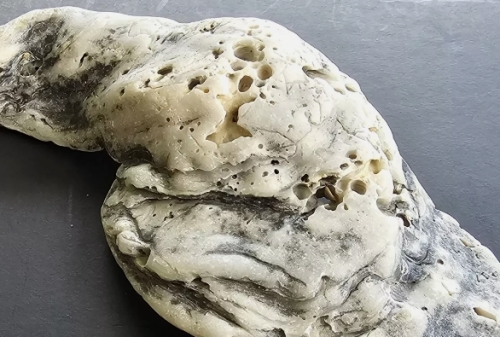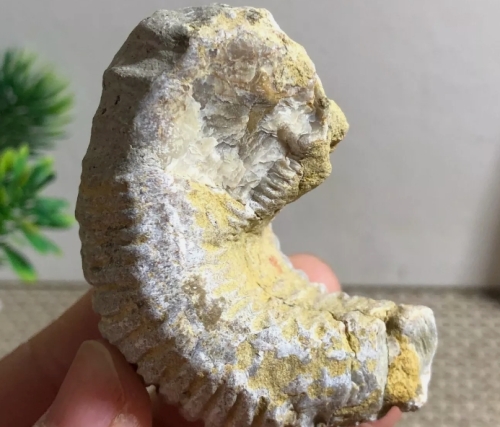Oyster fossils are important fossil types in paleontology, recording the evolution and history of Marine ecosystems. As a typical bivalve, oysters have been widely distributed in oceans around the world since ancient times, especially in warm coastal waters.
By studying oyster fossils, scientists can infer environmental changes and biodiversity in the ancient oceans. For example, the growth patterns and distribution of oysters can reveal changes in ecological conditions such as water temperature, salinity and sediment types. In addition, the formation of oyster fossils is closely related to ancient ecosystems, and they are usually found in the sediments of estuaries and coastal areas, which become an important basis for the study of paleoclimate and sea level change.
In recent years, with the impact of global climate change, the living environment of modern oysters is also facing challenges. The phenomenon of oyster collapse in some areas has intensified the research significance of its fossils. This not only helps scientists understand the evolution of the ancient Marine environment, but also prompts us to think about the importance of modern Marine ecological conservation. Oyster fossils are not only a testament to the past, but also a warning for the future of Marine conservation.














